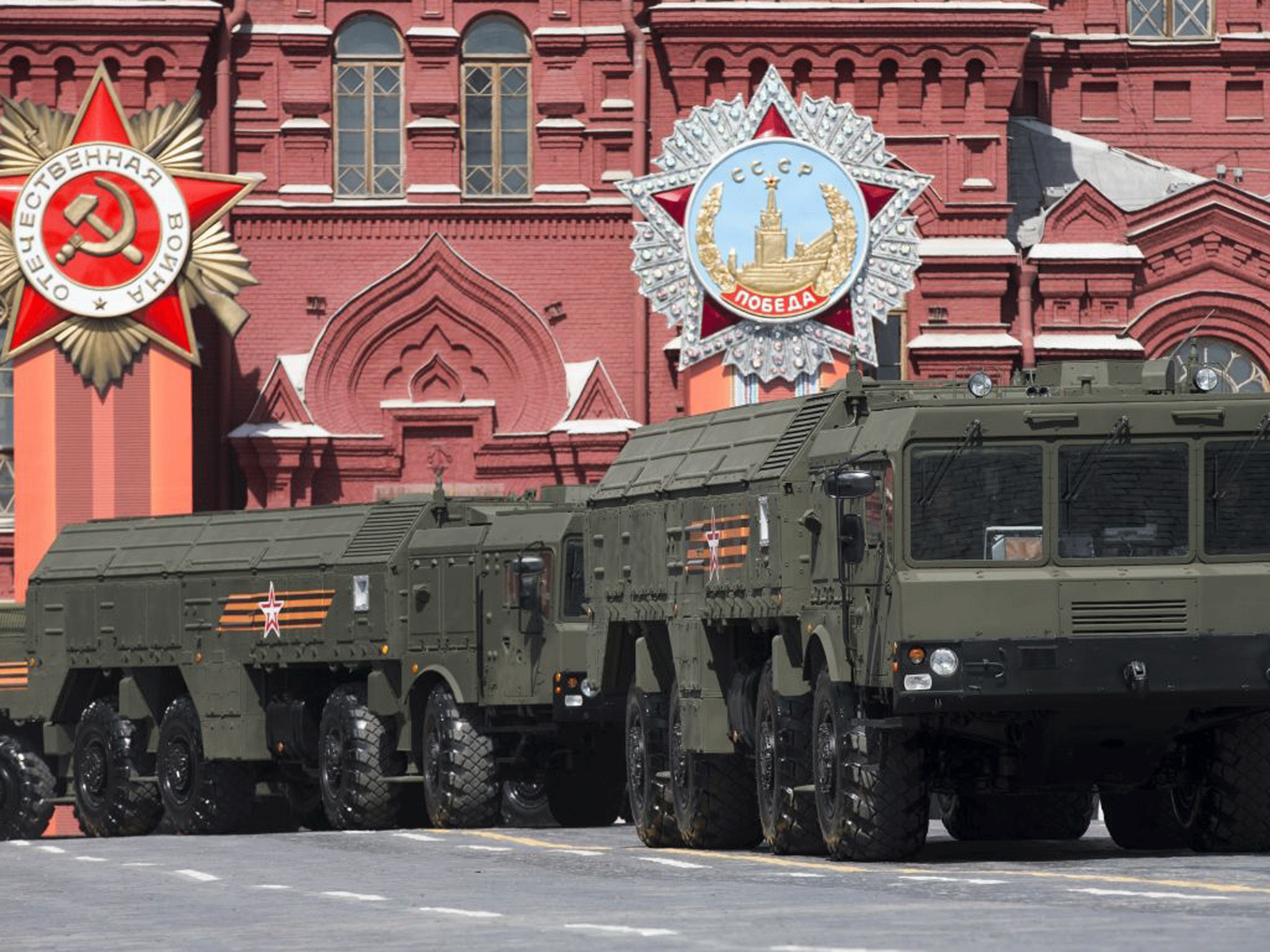
Not long after the invasion of Ukraine began on 24 February 2022, Russian president Vladimir Putin reminded the world of his country’s nuclear arsenal.
“Whoever tries to impede us, let alone create threats for our country and its people, must know that the Russian response will be immediate and lead to consequences you have never seen in history,” he said in remarks from the Kremlin.
“No one should have any doubts that a direct attack on our country will lead to the destruction and horrible consequences for any potential aggressor,” he added, emphasising that Russia is “one of the most potent nuclear powers and also has a certain edge in a range of state-of-the-art weapons”.
Mr Putin repeated the threat during a televised address in September in which he ordered a partial military mobilisation of 300,000 reservists to support his beleaguered troops on the ground and told the West that the prospect of Moscow making use of its nuclear resources was “not a bluff.”
Cautioning Nato against aggressive anti-Russian rhetoric, Mr Putin warned: “I would like to remind you that our country also has various means of destruction, and for some components more modern than those of the Nato countries.”
Against such stark warnings, it’s worth asking: what exactly is Russia’s nuclear capacity?
Although the country has drastically reduced its nuclear weapons stores since the Cold War, it still maintains the largest stockpile of nuclear warheads in the world.
As of 2023, Russia has about 5,977 nuclear warheads, an estimated 1,500 awaiting dismantling, 2,565 deployed strategic warheads and 466 Intercontinental ballistic missiles and submarine-launched ballistic missiles, according to the Bulletin of the Atomic Scientists.
As for the Kremlin’s attitude to their use, the Donald Trump administration’s Nuclear Posture Review in 2018 found that: “Russian strategy and doctrine emphasise the potential coercive and military uses of nuclear weapons.
“It mistakenly assesses that the threat of nuclear escalation or actual first use of nuclear weapons would serve to ‘de-escalate’ a conflict on terms favorable to Russia.”
Until the present conflict, Mr Putin had publicly emphasised that he considered nuclear weapons “exclusively as a means of deterrence” but that stance appears to have changed significantly, judging by his more recent comments.
It is now feared that Russia’s president, humiliated by the failure of his conquest so far, could resort to more drastic measures in Ukraine as the first anniversary of the war approaches, given that he will be under enormous pressure to present demonstrable “wins” to a public growing impatient with a futile conflict and beginning to see through the fog of propaganda.
The news that the average number of Russian soldiers dying per day has hit 824 in February 2023, four times higher than the rate of casualties recorded in June and July 2022, will only increase the pressure on Russia’s isolated leader to win at any cost.
For its part, Ukraine also inherited a large number of nuclear weapons after the collapse of the Soviet Union in 1991 but the country decided to fully de-nuclearise under the 1994 Budapest Memorandum, which offered the country security assurances from the US, UK and Russia.







